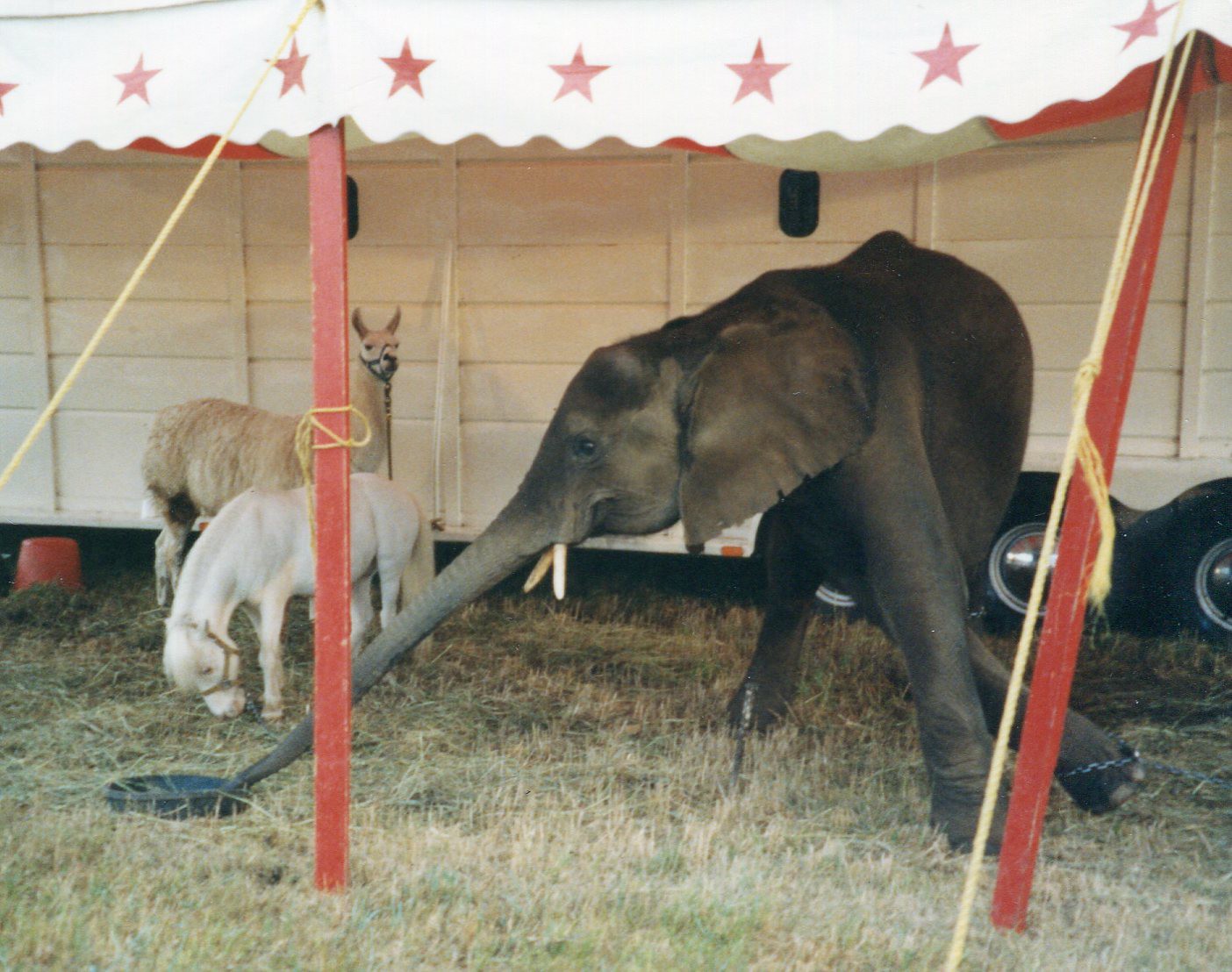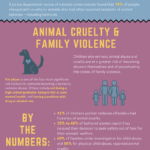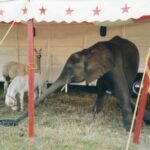Animals have been integral to the spectacle of circuses for centuries. These multifaceted institutions often elicit a dichotomy of awe and admiration, yet simultaneous condemnation and ethical scrutiny. The question stands: Are circuses a harmless form of entertainment, or do they epitomize institutionalized cruelty? This discourse endeavors to dissect the competing narratives surrounding the use of animals in circuses, evaluating the multifarious elements that form the crux of this complex issue.
Initially, one must consider the historical context in which circuses evolved. Originating in ancient civilizations, the concept of utilizing animals for performance can be traced back to Rome, where exotic beasts were paraded in arenas. Fast-forward to the 18th and 19th centuries; the modern circus began to take shape, incorporating a variety of animal acts, from elephants and tigers to horses and dogs. These performances often showcased the supposed ‘natural’ abilities of the animals, framing them as talented entertainers rather than sentient beings with intrinsic rights. The romanticization of these spectacles tends to obscure the underlying ethical considerations.
One prominent aspect of this discourse centers on the training methodologies employed by circuses. Using coercive techniques, trainers often employ tools such as whips, chains, and electric prods to compel animals to perform tricks that are contrary to their natural behaviors. The severity of these practices raises significant ethical questions. Animals, inherently wild and instinctually untamed, are forced into submission to meet the expectations of human entertainment. Proponents of animal rights argue that the psychological and physical toll on these creatures is tantamount to cruelty.
Moreover, the environmental needs of wild animals are frequently neglected in circus settings. Animals in circuses are typically confined to cramped cages or enclosures, which are inadequate representations of their natural habitats. This confinement can lead to a plethora of physical and psychological ailments, often manifesting as stereotypic behaviors such as pacing, over-grooming, or self-mutilation. Such manifestations are clear indicators of distress and highlight the profound implications of depriving these sentient beings of their essential freedoms.
The ethical implications further compound when considering the breeding practices employed by many circuses. Many circus animals are bred in captivity, which entails an extensive lineage of inbreeding. This practice often leads to genetic deformities and health issues, resulting in diminished lifespans and increased susceptibility to diseases. The ethical conundrum here lies in the commodification of these beings; they are bred for performance rather than for the intrinsic value of their existence. Such a perspective renders their lives expendable, a viewpoint fundamentally at odds with evolving societal values surrounding animal welfare.
Public perception of animal acts in circuses has evolved significantly over recent years. Increasing awareness surrounding animal rights has prompted a critical examination of the morality behind using animals as instruments of entertainment. Activism, documentaries, and investigative reports have proliferated, illuminating the grim realities behind the curtain of jubilant performances. The culmination of these efforts has led to a growing movement advocating for the prohibition of wild animals in circuses, with numerous countries and regions enacting bans or imposing stringent regulations. This trend signifies a societal shift towards recognizing the sentience of animals and rethinking the ethical legitimacy of such exploitative practices.
Furthermore, one must analyze the role of alternative forms of entertainment. With the advent of modern technology and virtual reality, the need to exploit live animals for public amusement can be argued to be increasingly outdated. Audiences can now partake in immersive experiences that do not involve the inherent suffering linked to animal performances. Many contemporary circus companies have successfully adopted ‘circus without animals’ models, emphasizing acrobatics, aerial acts, and theatrical storytelling instead. This transformation reflects a paradigm shift in public consciousness, signifying a move towards more humane forms of entertainment.
Nevertheless, it is crucial to acknowledge the counterarguments presented by some circus proponents. They often assert that responsible circuses prioritize animal welfare and provide excellent care for their performers. They argue that the animals are socialized, enriched, and given ample medical attention. While it is essential to recognize any instances of ethical practice, these arguments tend to overlook the inherent conflict between using animals as sources of entertainment and the natural rights of these creatures. The potential for improvement in animal conditions does not negate the fundamental ethical dilemma posed by their captivity.
In conclusion, the utility of animals in circuses raises significant ethical questions about the nature of entertainment and human responsibility. As society continues to evolve, the perspectives surrounding animal treatment must likewise progress. The entrenched tradition of animal performances in circuses is being scrutinized under a microscope of compassion and empathy. It is imperative for individuals to reflect upon their entertainment choices, considering whether they wish to support institutions that perpetuate suffering and institutionalized cruelty. The future of circuses may very well depend on humanity’s collective conscience and the choice to prioritize compassion over mere amusement.










